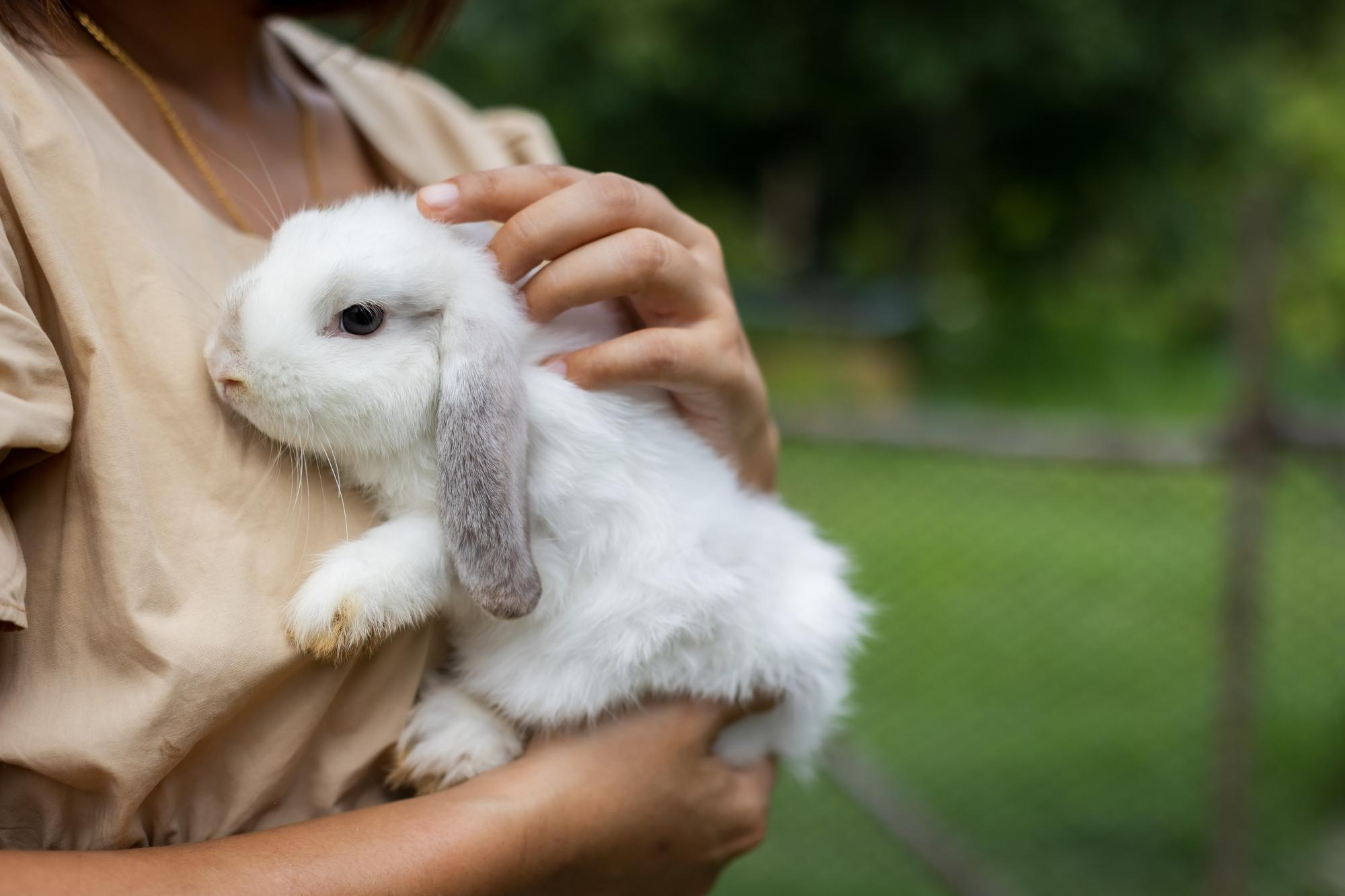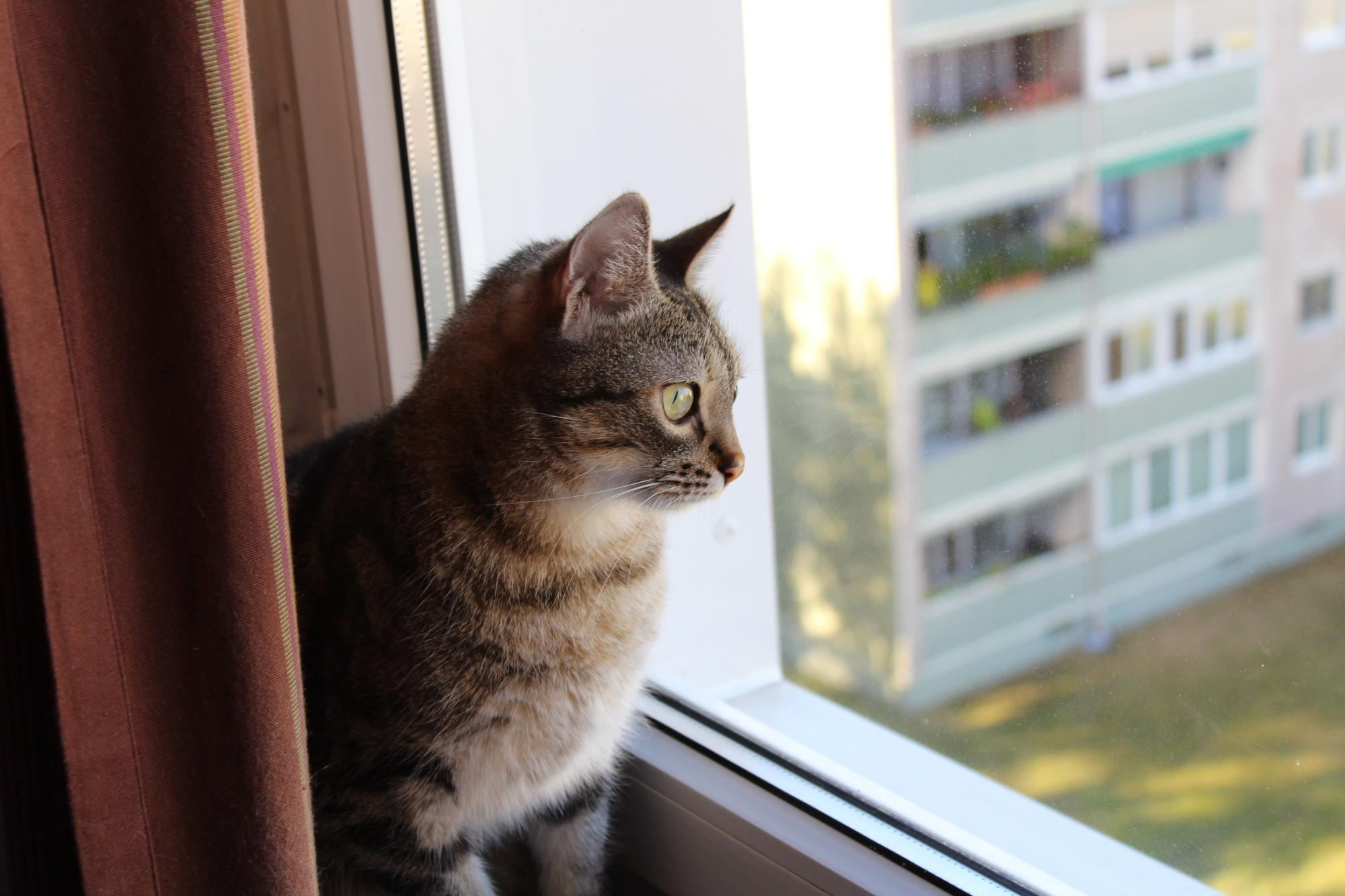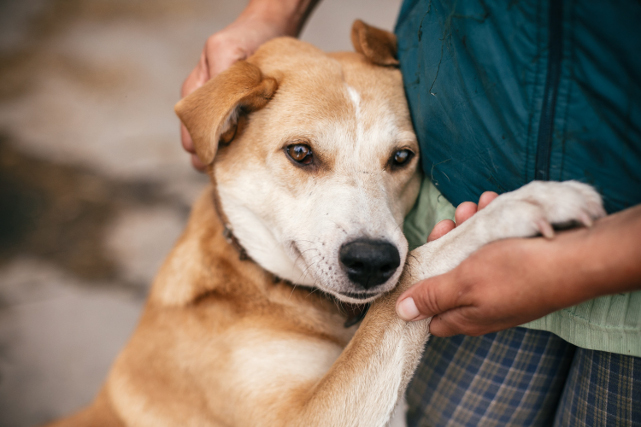All across Canada you’re bound to meet at least one or more people who keep rabbits as pets, and it’s no wonder why. Rabbits come in all shapes, sizes, and personalities. They tend to be social, curious, intelligent, and of course, very cute. And compared to other pets, such as dogs, they’re fairly low-maintenance.
However, make no mistake, rabbits still require plenty of care—more than you might realize! If you’re considering adopting a rabbit, it’s crucial you understand the care they need. Not only does this ensure you’re prepared for the responsibility, but also it will help keep your future rabbit safe and sound.
As vets, we answer lots of questions about rabbit care. Here are 10 of the most frequently asked questions—answered!
1. What are rabbits really like? Are rabbits that different from other pets?
Like cats or dogs, rabbits all have unique personalities, traits, preferences, behaviours, and little quirks. They’re social, inquisitive creatures, and most love to be around humans and other animals—though some may like it more than others. Most rabbits love to play with people, toys, and other animals, and many rabbits get along easily with other animals. Rabbits are quite smart—some can even learn to respond to their name and other commands.
Like any other pet, rabbits require a lot of care, and having one as a companion is a long commitment. Rabbits live about 8-12 years depending on their breed, and they’ll need consistent attention, grooming, and occasional medical care.
2. What kind of supplies do you need to care for a rabbit?
You’ll need a fair amount of supplies to take proper care of your rabbit. This includes:
- An enclosure
- Carrier
- Litter box
- Litter
- Rugs, mats, and blankets
- Toys
- Brush
- Comb
- Nail clippers
- Styptic powder
3. How do I set up an area for my rabbit at home?
This step depends on the kind of area you choose to create for your rabbit. Ideally, your rabbit should be able to roam in large areas of the home safely—this will offer your pet the most stimulation and exercise, and will likely make them happier overall. But this isn’t always possible.
Other pets or household hazards might mean you’ll have to create an enclosed area for your rabbit. Some rabbit owners do this with short wire fences that they place in one area of the room, dedicating that whole spot to the rabbit. Other owners choose to keep their rabbits in large cages when unsupervised, but it’s preferable to give your rabbit room to move around when they want to.
4. Can rabbits be litter trained?
Yes! It’s actually quite simple to litter train your rabbit. Most rabbits have an instinct to do their business in the same spot—usually a corner or somewhere else that feels protected and safe. Once you’ve figured out the spot that your rabbit chooses, you can just place a litter box there and, provided they’re spayed or neutered, your rabbit should use it with time and encouragement.
5. Should I spay/neuter my rabbit?
Yes. It’s highly recommended that you spay/neuter your rabbit as soon as it’s safe to do so. Altered rabbits are less territorial, aggressive, and unpredictable, making them better companion animals. They’ll also have less instinct to mask their territory when urinating, which will make litter box training and cleaning duty much simpler. It also means they can be friends with other rabbits without the worry of unplanned breeding. Overall, altered rabbits make better pets than intact ones, provided the procedure is done by a licensed, experienced vet.
6. What do I need to know about rabbit grooming?
Grooming needs can vary depending on the breed of your rabbit. If you have a long-haired breed, such as an Angora, Wooly, Lop, or Lionhead, you’ll probably need to groom their coat once a day. The long hairs can quickly become tangled, knotted, or matted without proper care. For short-hair breeds, like Americans, Argentes, or Baladis, you won’t need to groom their hair so often—perhaps every 2-4 days. For all rabbits, you’ll need to deal with shedding (this happens 4 times a year), and monthly nail trims, as well as regular cleaning of the eyes, ears, underside, and scent glands.
7. How do I make sure my rabbit gets enough exercise?
One of the most important parts of helping your rabbit exercise is simply to spend time with them. As we mentioned, rabbits are social creatures, and they’ll naturally be more engaged and active when you’re playing with them or simply around them.
Buy or make toys for your rabbit to play with. It’s actually very easy to make toys that your rabbits will love with only simple items you probably have lying around. Make sure the toys foster all your rabbit’s natural instincts in a fun way, including:
- Hiding Toys – Cardboard boxes, tubes, tunnels, paper bags
- Chew Toys – Untreated wood, grass mats, cardboard, pine cones
- Toss Toys – Toilet paper tubes stuffed with hay, baby toys, keys, slinkies
- Burrowing Toys – Cardboard, a bin full of newspaper
8. What should I feed my rabbit?
Generally speaking, your rabbit’s primary food source should be an unlimited supply of high-quality, fresh grass hay. There are a few types (Timothy, Orchard, Brome, and Oat), all of which are appropriate for a rabbit. You might need to experiment to see which one your rabbit prefers. You should also give your rabbit a healthy serving of fresh vegetables, high-quality food pellets, and plenty of fresh water each day.
9. How do I handle my rabbit?
Handling rabbits is a very important skill to learn if you’re thinking of adopting one. Generally, rabbits shouldn’t be picked up unless necessary for grooming or other care. They’re better off hopping around on their own. But when you do need to pick up your rabbit, it’s important that you feel confident and comfortable doing so.
Begin by lifting up your rabbit firmly by the shoulders (don’t touch the ears). As soon as you’re able, put a hand under their rear end to support the rear end and most of the weight. Pull the rabbit close to your body and keep a firm grip to make sure they can’t wriggle free.
For more tips on handling your rabbit properly, be sure to read our article on the subject: “Is There a Right Way to Hold a Rabbit? (The Answer is Yes, and Here’s How).”
10. How do I keep my rabbit healthy?
Overall, the best way to keep your rabbit safe and healthy is with good preventative care. This means a proper diet, clean, spacious living conditions, plenty of exercise, ample time for play and socialization, a safe and quiet rest space for alone time, and of course, a relationship with a trusted rabbit veterinarian.
Creative Commons Attribution: Permission is granted to repost this article in its entirety with credit to Hastings Veterinary Hospital and a clickable link back to this page.






